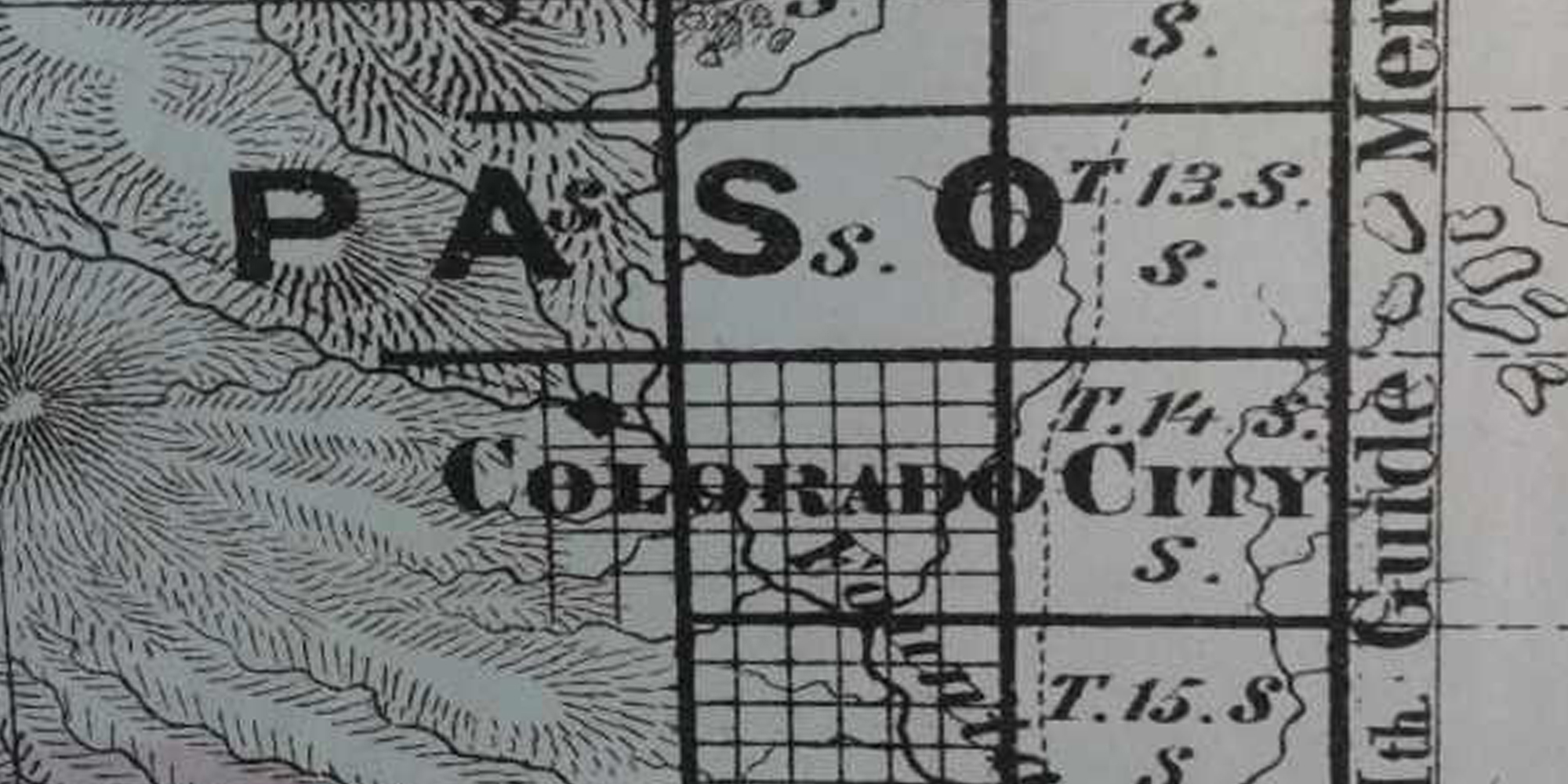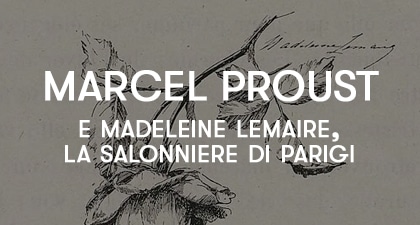
The great saga of the pioneers of the West is part of our collective imagination: in countless films, we have followed the stories of the wagon trains transporting families across the vast prairies toward the dream of a new life in the far West.
A book available in our online library brings back the essence of those adventures: it is the volume The Mines of Colorado by Ovando J. Hollister, published in Springfield by Samuel Bowles & Company in 1867, in a very rare first edition.
From its pages, a particular angle of that great migration period emerges: the Gold Rush. We immediately think of the tragicomic black-and-white scenes of Charlie Chaplin in the snow of the Klondike. This book tells another legendary chapter of that fever that swept across America around the mid-1800s.

Written close to the events it describes, this book introduces us to the atmosphere of the discovery of gold veins in Ralston Creek and Dry Creek in 1850 and the great Pike’s Peak Gold Rush, which began in 1858 by William Greeneberry “Green” Russell.

Like many miners who had rushed to California around 1850 following news of fabulous gold finds, he was now heading back east, discouraged by the outcome of that adventure. Relying on his wife’s Cherokee tribe, he and a group of adventurers set out following old rumors of discoveries in the canyons of the Rocky Mountains. At the confluence of Cherry Creek and the South Platte River, they found 622 grams of pure gold: a new wave of excitement began, bringing more than 100,000 miners to the region north of Pike’s Peak within just a few years.
Among the camps that formed to accommodate the newcomers, one has a name we still know today: Denver.
The site of Russell’s first discovery is now Englewood, a suburb of Denver, just north of the intersection of Highway 285 and Highway 85. The creation of the Colorado Territory in 1861 was due to the enormous influx of people to the area.
By the mid-1860s, the surface layers of the gold veins had been exhausted, and gold was no longer found in its pure state, but only in amalgam and deep in the earth. A new phase of exploitation began, through mines.
This is detailed in our book, which, after the adventure of the first miners, describes the construction of the mines: a large, repeatedly folded (56 cm x 43 cm) and colored map titled “Map of Colorado Territory to Accompany Hollister’s ‘Mines of Colorado corrected from the Public Surveys of 1866′” shows the situation less than 10 years after Russell’s discovery.
To give one last touch of flavor to this immersion in the Old West, 18 pages of advertisements for railroads, banks, and newspapers.
A snapshot of life that momentarily makes us dream of old saloons and dusty trails across the vast American plains.














